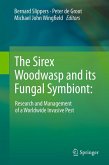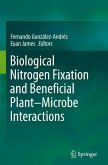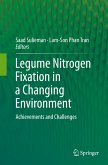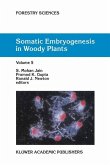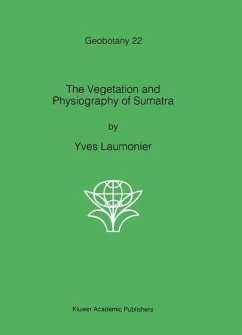Five years have now passed since the first symposium on frankiae was held at Harvard Forest, Petersham, Massachusetts, USA and the inauguration of the term actinorhiza. Many advances have been made during these five years in our understanding of the actinorhizal symbioses. Evidence for this was provided by the papers presented at the Wageningen Workshop on Frankia symbioses, held in Wageningen at the Department of Microbiology of the Agricultural University. Most of these papers are now published in this volume of PLANT AND SOIL. We kindly acknowledge the assistance of Anton Houwers, editor of the journal, in planning, reviewing and publishing these studies. Although the papers presented at Wageningen described the active research areas, they also illuminated those aspects of these symbioses which remain beyond our understanding. Primary among the areas of our ignorance is the concept of species within the bacterial symbiont, Frankia. At present groupings of bacterial strains arebased on cell chemistry, physiology, serology, DNA homology and symbiotic capa bilities (cross-inoculation). When these classification schemes are merged no clear species framework is obtained. Undoubtedly part of the difficulty is due to a lack of strains for analysis. Currently bacterial strains from only half of the actinorhizal symbioses known to exist, have been isolated and studied in pure culture. We must postpone there fore any comprehensive taxonomic classification until a larger majority of the symbioses are represented. Another research area wherein our understanding is insufficient is host-symbiont interaction.
Hinweis: Dieser Artikel kann nur an eine deutsche Lieferadresse ausgeliefert werden.
Hinweis: Dieser Artikel kann nur an eine deutsche Lieferadresse ausgeliefert werden.
`The book captures the vibrancy and excitement of this very new field of research ... required reading for anyone even remotely connected with the subject.'
The Forestry Chronicle (February 1985)
`This collection of workshop papers adds invaluable information to our understanding of the role of Frankia in nitrogen fixation, in particular in forest ecosystems. It will undoubtedly cause continued interest in this exiting field of applied and environmental microbiology.'
New Biological Books, 60 (1985)
The Forestry Chronicle (February 1985)
`This collection of workshop papers adds invaluable information to our understanding of the role of Frankia in nitrogen fixation, in particular in forest ecosystems. It will undoubtedly cause continued interest in this exiting field of applied and environmental microbiology.'
New Biological Books, 60 (1985)
`The book captures the vibrancy and excitement of this very new field of research ... required reading for anyone even remotely connected with the subject.'
The Forestry Chronicle (February 1985)
`This collection of workshop papers adds invaluable information to our understanding of the role of Frankia in nitrogen fixation, in particular in forest ecosystems. It will undoubtedly cause continued interest in this exiting field of applied and environmental microbiology.'
New Biological Books, 60 (1985)
The Forestry Chronicle (February 1985)
`This collection of workshop papers adds invaluable information to our understanding of the role of Frankia in nitrogen fixation, in particular in forest ecosystems. It will undoubtedly cause continued interest in this exiting field of applied and environmental microbiology.'
New Biological Books, 60 (1985)


